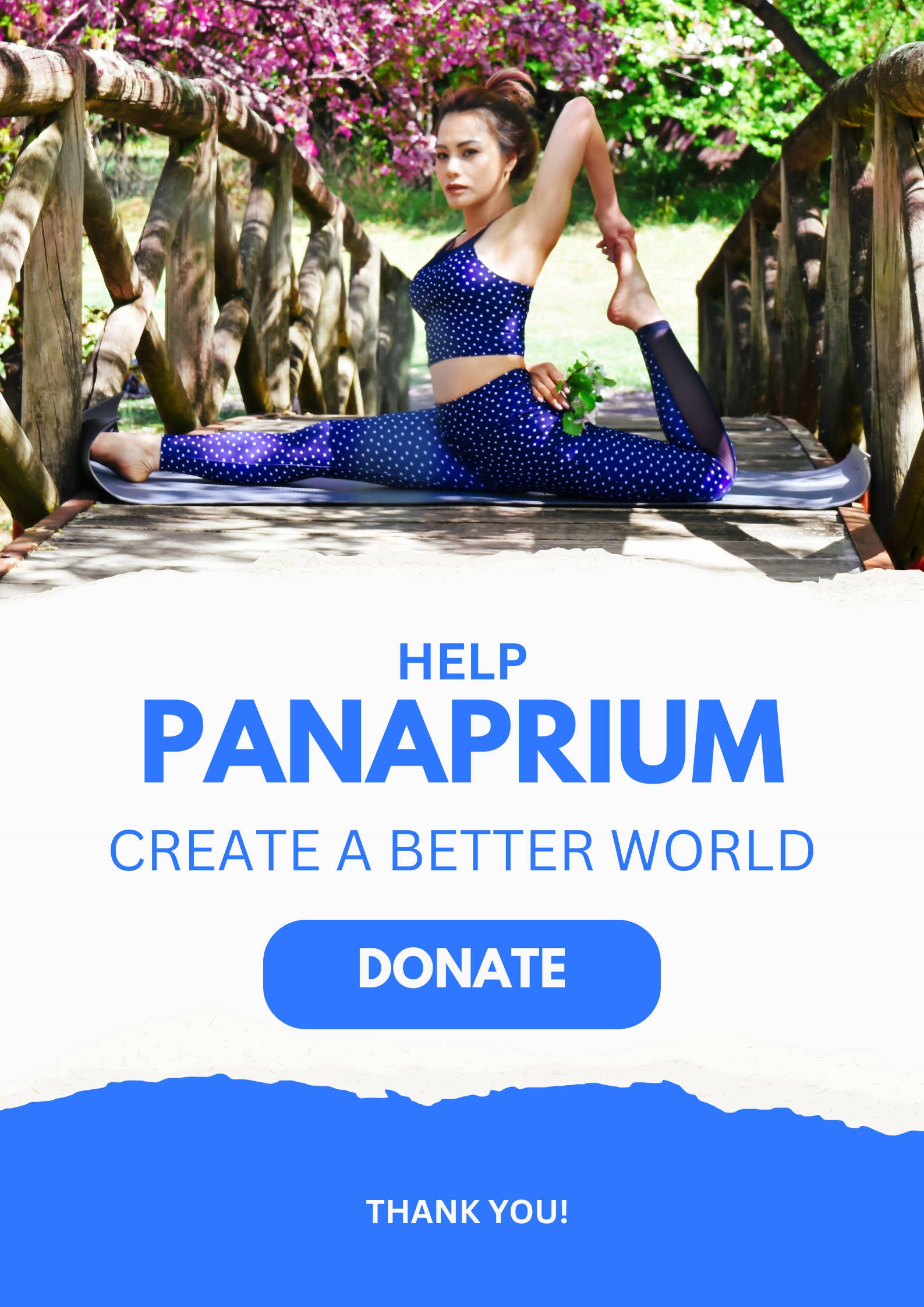
C&A is one of the largest fast-fashion retail chains in the world, next to H&M and Zara. It offers a wide range of apparel, bags, shoes, and accessories for women, men, and kids in the largest markets of Europe, Asia, North America, and South America.
C&A was founded in 1841 by Clemens and August Brenninkmeijer and headquartered in Vilvoorde, Belgium. The Brenninkmeijer family owns the C&A group through its Swiss company Cofra Holding AG.
C&A designs, manufactures, and markets clothing under its brand and owns other brands such as Westbury, Yessica Pure, Your Sixth Sense, Angelo Litrico, Canda, Clockhouse, Here+There, Palomino, and Rodeo.
C&A aims to make desirable, affordable clothing widely available to allow everyone to look and feel good every day. It invests heavily in sustainability and understands the importance of its influence and its responsibility to use it positively.
C&A strives to make sustainability the new normal by making its clothing items have a positive impact. It wants a fashion industry that uses and reuses safe materials, protects ecosystems, and provides dignified work for people.
Panaprium is independent and reader supported. If you buy something through our link, we may earn a commission. If you can, please support us on a monthly basis. It takes less than a minute to set up, and you will be making a big impact every single month. Thank you!
Sustainability Rating: 4/10
Rating FAQ
Category: Clothing, shoes, bags, accessories
For: Women, men, children
Type: Sportswear, basics, denim, dresses, loungewear, sneakers, swimwear, underwear, sleepwear, outerwear, sweaters, maternity
Style: Casual, classic
Quality: Medium
Price: $
Sizes: XS-XL, 2-14 (US), 4-16 (UK), 32-48 (EU), 6-18 (AU)
Fabrics: Cotton, linen, jute, lyocell, modal, acetate, viscose, polyester, nylon, spandex, acrylic, polyurethane, rubber, leather, wool, down, silk
100% Organic: No
100% Vegan: No
Ethical & Fair: No
Recycling: Yes
Producing country: Bangladesh, Bosnia And Herzegovina, Brazil, Bulgaria, Cambodia, China, Colombia, Croatia, Egypt, France, Germany, Greece, Hungary, India, Indonesia, Italy, Macedonia, Madagascar, Mexico, Morocco, Myanmar, Netherlands, Pakistan, Peru, Poland, Portugal, Romania, Serbia, Sri Lanka, Thailand, Tunisia, Turkey, Vietnam
Certifications: OCS, GOTS, GRS, RDS, FSC
Sustainability Practices
"At C&A, we believe everyone should be able to look and feel good every day while supporting a good quality of life for those who make our clothes and a healthy planet. We want our customers to trust us to do the right thing, so they can buy our products without having to choose between what’s sustainable and what’s not."
C&A is striving to normalize sustainable fashion and circular fashion across the apparel industry. It wants to extend its positive impact with performance, leadership, and transparency.
The global brand aims to move away from the current ‘take, make, waste’ model to a circular approach where nothing is wasted in the creation or disposal of clothing.
C&A is inviting its customers on its sustainability journey with its campaign #WearTheChange. It continuously offers more sustainable products and launched an in-store take-back program in Belgium, Luxembourg, Switzerland, Germany, Brazil, and Mexico.
C&A is driving change in how cotton, polyester, and viscose are grown and manufactured to ensure the materials become more sustainable, use fewer resources, respect nature, people, and the welfare of animals.
However, C&A only uses a small proportion of sustainable materials at the moment, such as organic cotton and linen, or recycled materials such as recycled polyester and regenerated nylon.
C&A does a bit better than its competitors Zara and H&M, but only 30% of all its collections are dedicated to sustainable fashion.
Most of the fabrics it uses currently are highly polluting synthetic petroleum-based fibers such as spandex, acrylic, polyester, and nylon.
C&A also uses a little amount of semi-synthetic fibers or man-made regenerated cellulosic fabrics such as lyocell, modal, acetate, and viscose.
The retail chain has a code of conduct that applies to all its suppliers and subcontractors based on the regulations set by the International Labor Organization (ILO).
C&A has a Sustainable Supply Chain (SSC) team working to verify compliance of its suppliers with the UN Guiding Principles for Business and Human Rights (UNGPs).
However, only a few of its partners are certified and show a positive assessment. C&A produces many of its clothes in East Asian countries where human rights and labor law violations still happen every day.
C&A understands that these issues are a priority, complex, and interconnected. It recognizes that it takes time, collective action, influence, and partnerships to deliver sustainable change.
Many workers in the C&A supply chain still do not receive the legal minimum wage. The company is currently working to eradicate inhumane practices such as excessive overtime and stolen wages.
C&A publishes a list of all its manufacturing and processing facilities.
The 2020 Fashion Transparency Index gave C&A a score of 70% based on how much the group discloses about its social and environmental policies, practices, and impacts.
C&A earned the 2nd place in the top 10 most transparent brands behind H&M.
C&A doesn't use any exotic animal skin, or hair, fur, angora. But it uses leather, wool, silk, and down feathers to manufacture many of its clothing pieces.
These animal-derived materials are cruel and unethical. They also harm the environment by producing greenhouse gases and wastes. More sustainable alternatives exist.
Sustainability Goals
C&A is actively working towards a vision of the new normal - where sustainability is just another word for normal. Its sustainability work is focused on its products, supply chain, and people’s lives.
C&A plans to announce a new sustainability strategy later in 2020 for the next five years.
The clothing label is committed to steadily increasing the use of more sustainable materials in its production, products, and stores.
C&A aims to source 100% more sustainable cotton by 2020 to significantly lower carbon emissions and water consumption. It also wants 67% of all its raw materials to be more sustainable.
C&A continues to increase its proportion of Cradle to Cradle certified products and support circular innovations.
The retail giant wants to reach zero discharge of hazardous chemicals by 2020. It aims for 100% sustainable input chemistry by adopting the ZDHC Manufacturing Restricted Substance List and phasing out hazardous chemicals by 2020.
C&A also strives to reduce its carbon footprint by 20% in its stores, distribution centers, and offices by 2020.
C&A plans a 30% reduction of water consumption in its raw materials stage by 2025 (2016 baseline). It also plans a 10% reduction in water use in its stores, distribution centers, and offices by 2025 (2012 baseline).
C&A committed to zero waste to landfill in all retail operations chain by 2025.
The clothing brand also works to source 100% of its products by 2020 from A or B-rated suppliers to ensure safe and fair working conditions. In 2018, only 46% of the workers in its supply chain worked for A or B-rated suppliers.
C&A is closely involved with ACT (Action, Collaboration, Transformation) and actively working to provide living wages for garment workers in key sourcing countries.
It also has Corrective Action Plans (CAPs) in place to improve social standards in the coming years.
Buy Here
Discover C&A sustainable collections at c-and-a.com.
Reviews And Experiences With C&A
Have you had (good) experiences with shopping at or the products of C&A? Then leave us your rating below.
What We're Up Against
Multinational corporations overproducing cheap products in the poorest countries.
Huge factories with sweatshop-like conditions underpaying workers.
Media conglomerates promoting unethical, unsustainable products.
Bad actors encouraging overconsumption through oblivious behavior.
- - - -
Thankfully, we've got our supporters, including you.
Panaprium is funded by readers like you who want to join us in our mission to make the world entirely sustainable.
If you can, please support us on a monthly basis. It takes less than a minute to set up, and you will be making a big impact every single month. Thank you.






























0 comments